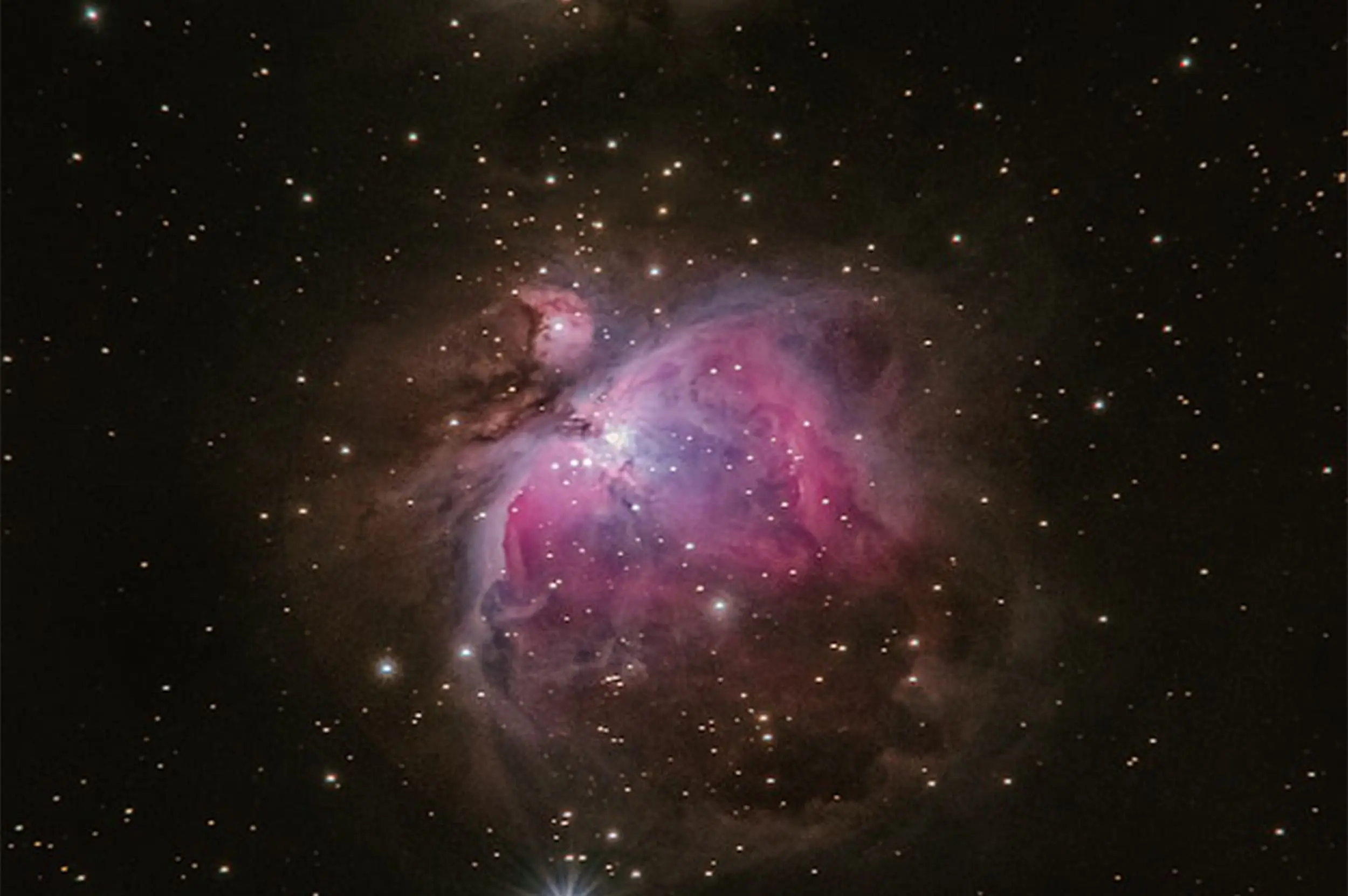The definition of space is inherently ambiguous. Traditionally, space refers to the physical volume in which everything exists. However, developments in astronomy have significantly expanded our understanding of the term. Today, space encompasses the vast totality of all existence, including countless stars, planets, galaxies, and mysterious celestial phenomena scattered across the cosmos. Pale yellow and red dots—stars visible in the night sky—and the planets orbiting them represent just a small fraction of what we now study within space science.
 Photo by Alexander Andrews on Unsplash
Photo by Alexander Andrews on Unsplash
Historical Development of Astronomy
In the early days of human civilization, proper scientific knowledge about space was virtually nonexistent. Yet, philosophers like Aristotle in ancient Greece hypothesized that Earth had unique natural laws, distinct from those governing the rest of the universe. It wasn’t until Galileo built the telescope in the 17th century and observed Jupiter’s moons orbiting the planet that humanity began to abandon the notion of Earth’s uniqueness. This discovery marked a major turning point in astronomy, demonstrating that celestial bodies elsewhere in the universe were governed by the same natural laws.
Further advancements in science enabled humans to analyze the light emitted by distant stars, deepening our understanding of cosmic phenomena. Stars emit light due to nuclear fusion reactions occurring in their cores, generating energy as electromagnetic radiation. This radiation travels across empty space, reaching us in various wavelengths. Human vision is adapted to detect only a narrow band of this vast electromagnetic spectrum—visible light.
Measuring Cosmic Distances
The intensity of light varies with distance: it increases as objects approach and diminishes as they recede. Utilizing this principle, astronomers developed methods to estimate stellar distances. Cepheid variable stars—whose brightness fluctuates predictably—were first utilized as cosmic measuring sticks, revolutionizing astronomy by revealing stellar distances vastly greater than previously imagined. This discovery drastically expanded our perception of the universe’s scale.
Progress in molecular chemistry and spectroscopy provided new methods for analyzing starlight. By examining emission and absorption spectra—specific wavelengths of light absorbed or emitted by atoms and molecules—scientists could identify chemical elements present in stars and interstellar space. These observations supported the idea that the universe was chemically diverse yet governed by universal laws. Spectroscopic analysis thus marked a significant scientific achievement, revealing the chemical composition of distant celestial bodies.
Space Exploration Milestones
The 20th century witnessed significant milestones in rocketry and space exploration, particularly from the USSR and the United States. Artificial satellites, such as Sputnik and Vanguard, were placed in Earth’s orbit, allowing precise weather forecasting and advanced communication. Planetary probes like NASA’s Mariner missions explored Venus, significantly enhancing our understanding of planetary science.
The pinnacle of early space exploration was the historic Apollo 11 mission in 1969, achieving the first human moon landing—an achievement symbolizing human potential and scientific curiosity.
Today, numerous artificial satellites serve specialized purposes, vastly improving human life by enabling global communication, navigation, and environmental monitoring. The International Space Station (ISS), orbiting Earth 15 times daily, functions as an extraordinary research laboratory in space, facilitating experiments and scientific investigations that significantly contribute to human knowledge.
The Search for Extraterrestrial Life
We now understand that the universe contains over 100 billion galaxies, each comprising billions of stars and planetary systems, highlighting the profound likelihood of extraterrestrial life. The probability of intelligent civilizations elsewhere is scientifically plausible, which makes the question of humanity’s solitude within this vast cosmic landscape increasingly compelling.
Yet, the apparent lack of extraterrestrial contact or signals is explained by the problem of acquisition—the difficulty in determining precisely where to search within this immense cosmic expanse. While intergalactic communication remains an enormous challenge due to vast distances, intelligent life within our galaxy—particularly on Earth-like exoplanets orbiting stars other than our sun—is a more immediate scientific pursuit. Astronomical research continues identifying numerous exoplanets potentially suitable for life, driving initiatives like the Search for Extra-Terrestrial Intelligence (SETI), dedicated to detecting signals from intelligent civilizations.
Recent advancements and continued exploration give hope for future extraterrestrial contact or discovery, fueling humanity’s intrinsic curiosity about life beyond Earth. Thus, astronomy remains at the forefront of science, forever transforming our perspective of ourselves and our place within the universe.